
Mr. Dang Sy Manh, Chairman of the Board of Directors of Vietnam Railway Corporation
First is market thinking, business thinking. Next is the thinking of coordination and cooperation between departments and fields. If segmentation and fragmentation are “not my job”, then it cannot be done.
Mr. Dang Sy Manh, Chairman of the Board of Directors of Vietnam Railway Corporation
* Railways have been profitable in transportation for two consecutive years, but their market share compared to road and air transport competitors is “thousands of kilometers away”. So what is the solution to increase railways’ market share, sir?
- Mr. Dang Sy Manh: In the past, there was a time when the market share of both passenger and freight rail transport was very high, about 30% in the 1980s - 1990s. At that time, other modes of transport were not yet developed, travel mainly relied on rail.
We also frankly acknowledged why the railway market share had fallen so sharply. Partly because other industries were developing rockets, while we were slowing down. Partly because of subjective reasons such as subsidies and inertia.
After reviewing, we must come up with solutions, doing our best with what we have. For example, the same station, the same train, but we must promote efficiency. For things that we cannot proactively do, we must consider and propose the right address to the competent authorities.
To increase market share, we need to make efforts to create near and far attraction such as high-quality trains, reforming service quality on trains and at stations; cargo trains bringing border gates deep into the inland...
But for long-term foundation, the most important thing is to propose to remove infrastructure. We understand better than anyone that transportation bottlenecks cannot be solved without removing them. For example, the cargo terminal lacks connectivity, lacks warehouses to store goods, lacks loading and unloading areas, etc.
Fortunately, while previously public investment resources were mainly focused on train safety, now they are more focused on transport bottlenecks. For example, the 7,000 billion VND railway upgrade project focuses on opening new passenger stations, renovating freight stations; connecting with industrial parks and seaports is very necessary...
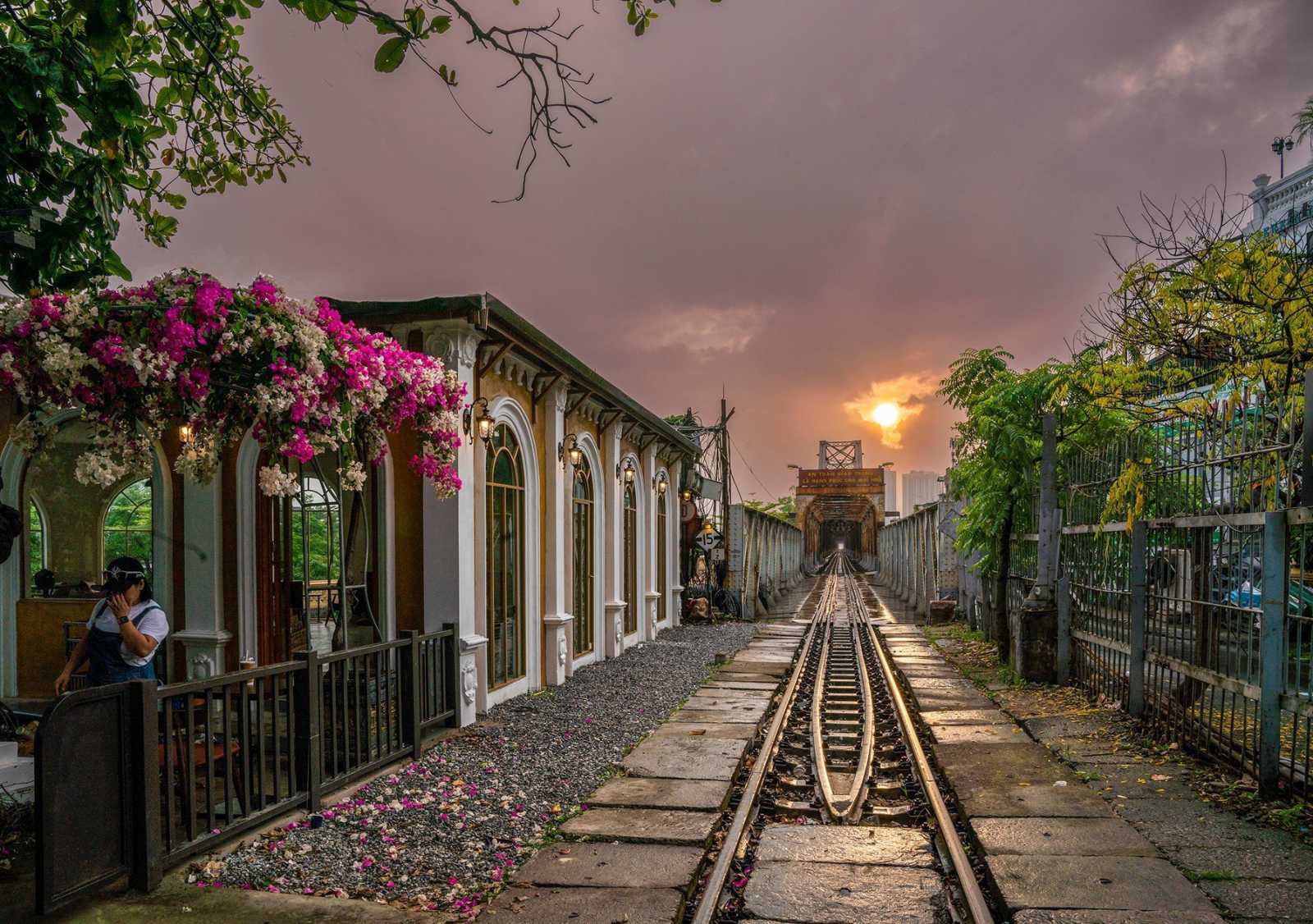
Train cafes become check-in spots for many tourists
*But how to overcome the shortcomings of railways such as slow travel and high ticket prices?
Market share is the market, if it is good and cheap, people will travel. Railways have the advantage of transporting large volumes, being proactive about time, and less dependent on weather. But the limitation is that the connection is broken, it is not completely logistical.
Railways are moving in a separate direction of transporting special goods such as compressed gas, liquefied petroleum gas, gasoline, and chemicals.
In addition, we also have the idea of turning the railway into a “work journey”, because traveling by train takes a lot of time, if we can take advantage of it, for example, equipping it with wifi, passengers can completely work on the train. Or trains specializing in sightseeing, such as passing through Hai Van Pass, open the windows to let the sea air in, comfortably enjoying the scenery...
We must come up with a roadmap to count, we cannot talk nonsense. For example, the high-quality train Hanoi - Da Nang SE19/20, although the price has not increased, will recover capital very soon because the seat utilization rate has increased from 70% to 84%. Soon, we will build the train Saigon - Da Nang. Or after holding a wedding on the train Da Lat - Trai Mat, revenue in January 2024 increased by 85%.
We can do it and should be confident, but our strength is still weak, so we should pilot a few locations first, and if successful, then we can spread it. For example, the railway coffee shop, we opened one location in Gia Lam, and our colleagues were confident, and now we have another railway coffee shop in Hai Duong .
*The rail link with China is highly anticipated. Does the railway industry have any plans to open new rail links, sir?
Railway planning has clearly indicated the horizontal connection infrastructure for freight transport. If we talk about the most needed route, it is the Lao Cai - Hanoi - Hai Phong route, connecting to Quang Ninh via Fangcheng station (China).
If this line is exploited, it will exploit the capacity of Hai Phong seaport and the south and west of China to West Asia and Europe. This will be the shortest route for transportation, thereby reducing costs and saving time. This railway line is very necessary and should have been built soon, but is still stuck.
Meanwhile, Laos has plans to connect railways with Thailand, Malaysia and China, which will create a trans-Asian route. If we do not do it soon, we will be late.

Intermodal freight train exporting from Lao Cai station to China
Preparing human resources for high-speed railway
The railway has proposed to the Government and has a policy to assign the railway to do a good job of preparation, to carry out the management and operation of high-speed railway.
First, we must prepare human resources. It is estimated that the high-speed railway will need about 13,000 people for exploitation and operation. According to international experience, we must divide training into stages to avoid the situation of training too early and not having a job.
Current railways will be freed up when high-speed rail is built, mainly for freight transport. It can still carry local passengers or tourists. Germany does the same, they even keep the old 0.7m gauge railways, many countries also keep all the old trams.
Turn trains into living museums
*You once proposed the idea of turning the current trains into living heritage, living museums. How will this be done?
We plan to have trains named after provinces, bringing the unique features of each province on board, not only connecting tourism but also promoting investment. For example, there is a Bac Ninh train that will travel across the country to promote investment, on the train there are the characteristics of the province, promoting culture.
Second are the 5-star luxury trains specializing in tourism, serving high-end customers, running as slow as possible, carrying as few people as possible, and even researching to build swimming pools on the train, with very high-end services.
Or there are trains serving heritage, displaying cultural heritage values like an exhibition, stopping in each province for a few days for passengers to see. Many trains themselves are now a living heritage with diesel locomotives, or here is a steam locomotive running through Hai Van Pass (2 locomotives have been restored)...
Thank you!
Source link


![[Photo] Hanoi morning of October 1: Prolonged flooding, people wade to work](https://vphoto.vietnam.vn/thumb/1200x675/vietnam/resource/IMAGE/2025/10/1/189be28938e3493fa26b2938efa2059e)
![[Photo] Keep your warehouse safe in all situations](https://vphoto.vietnam.vn/thumb/1200x675/vietnam/resource/IMAGE/2025/10/1/3eb4eceafe68497989865e7faa4e4d0e)
![[Photo] President of the Cuban National Assembly visits President Ho Chi Minh's Mausoleum](https://vphoto.vietnam.vn/thumb/1200x675/vietnam/resource/IMAGE/2025/10/1/39f1142310fc4dae9e3de4fcc9ac2ed0)





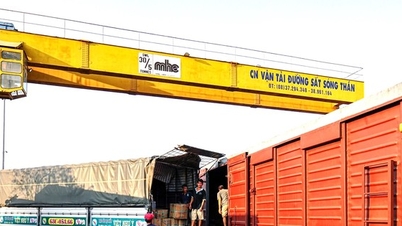







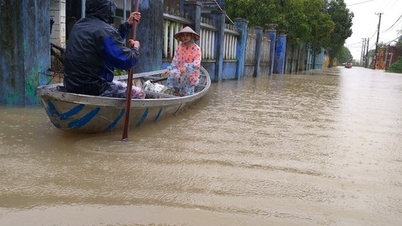

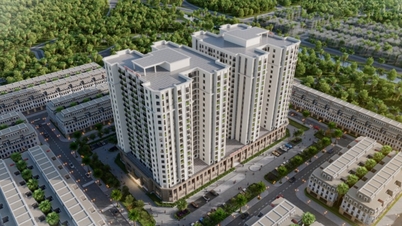
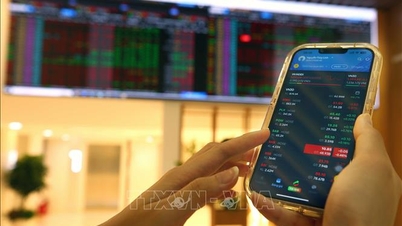




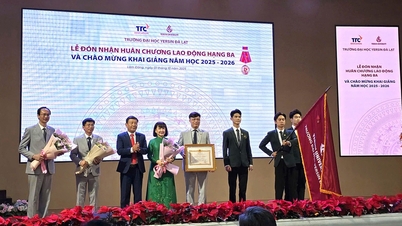

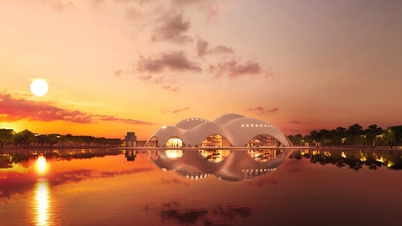


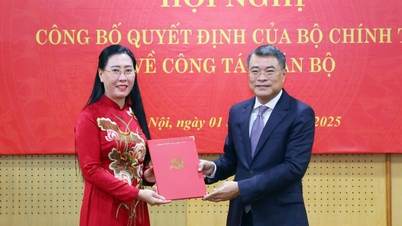






































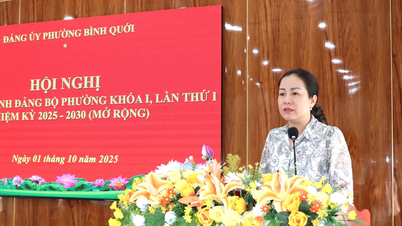

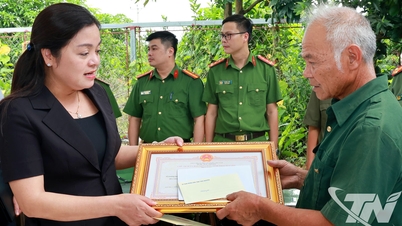

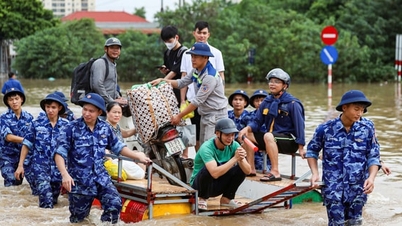

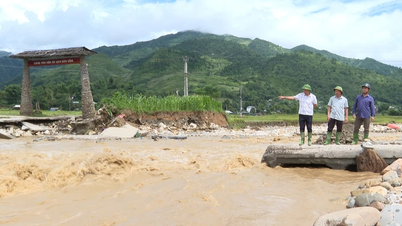

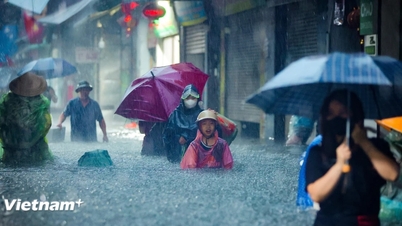

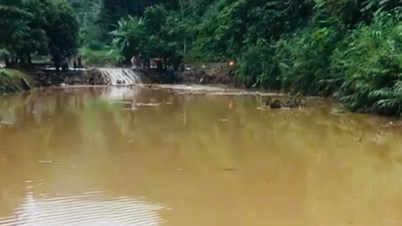














Comment (0)